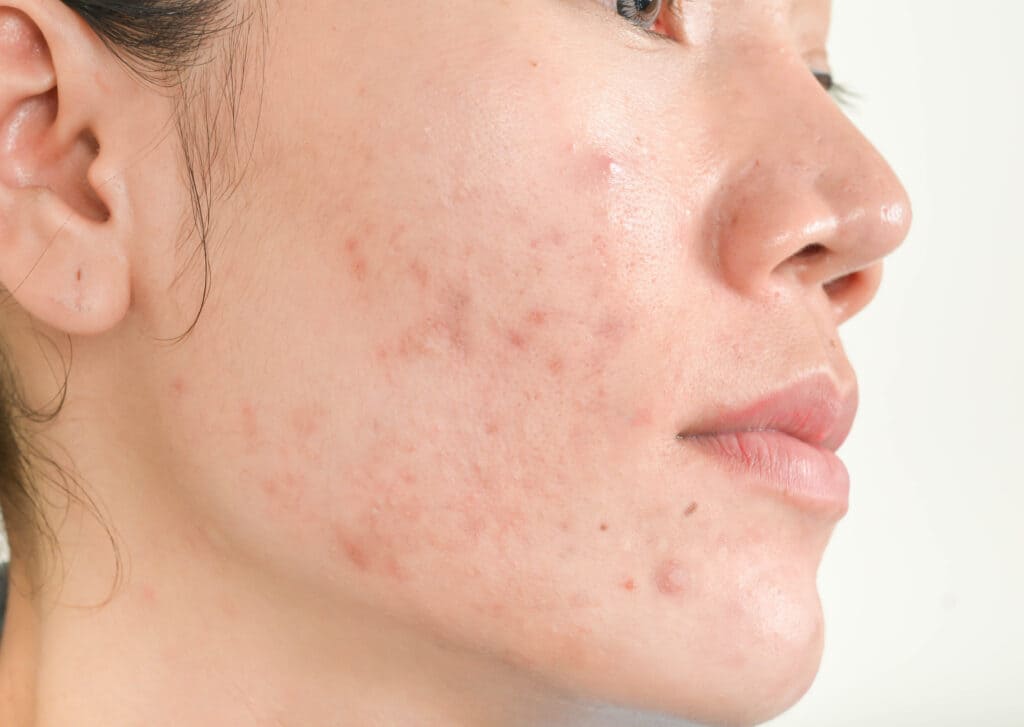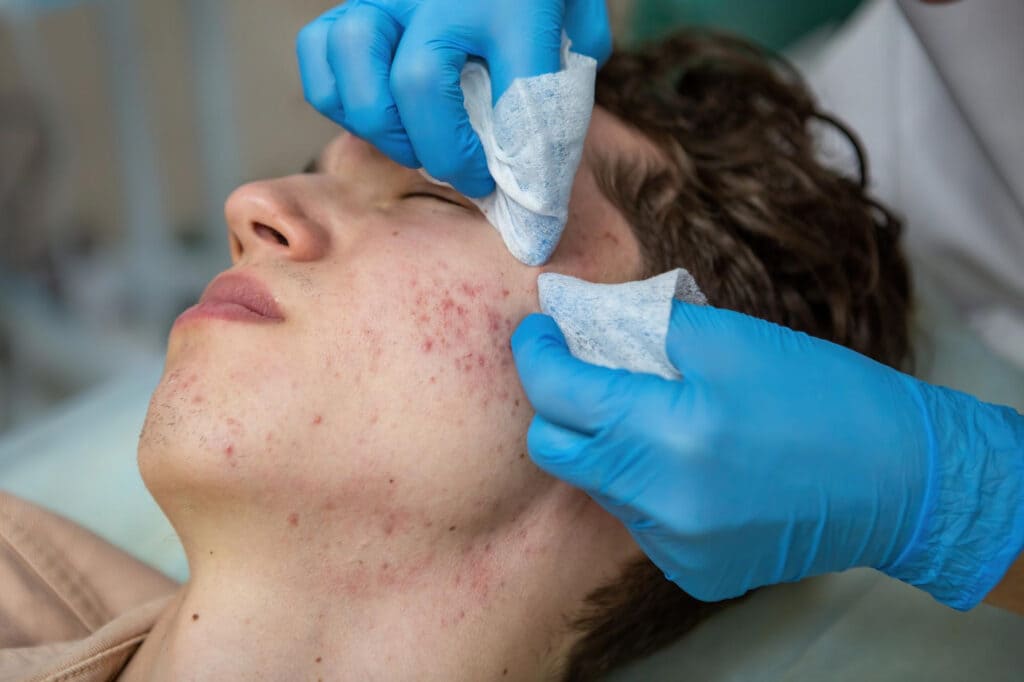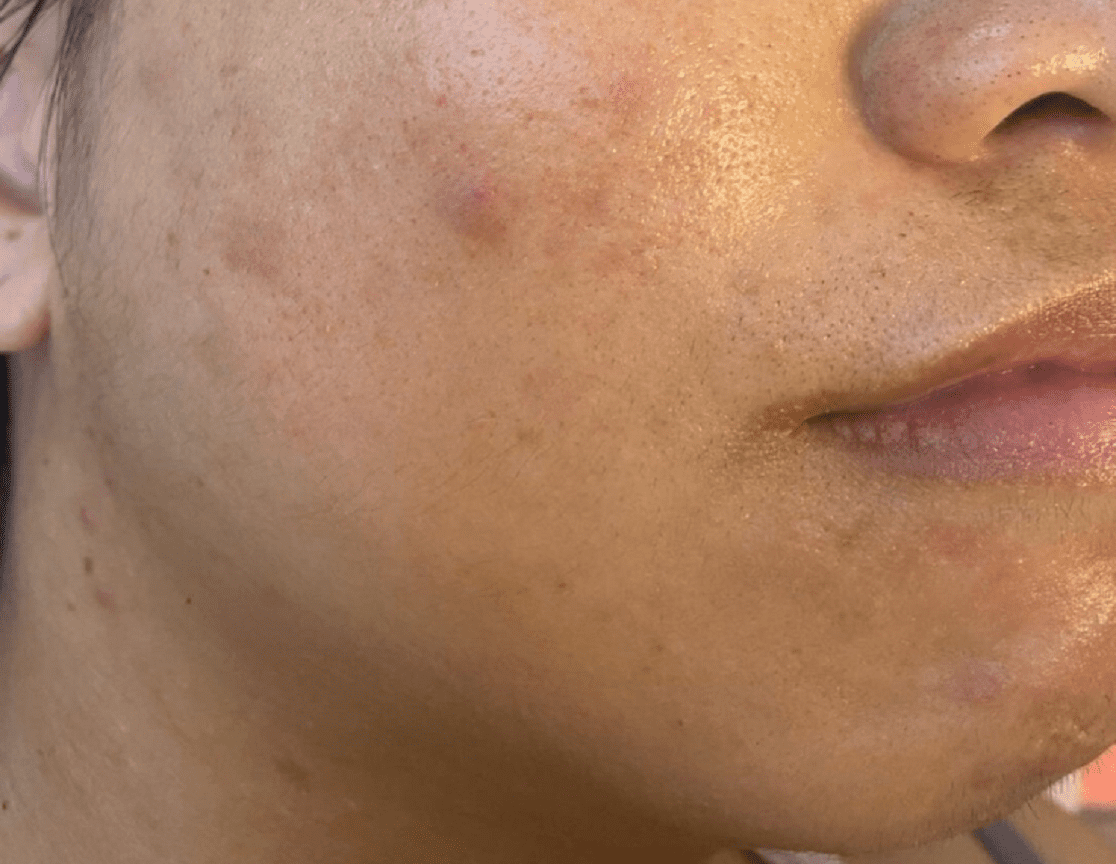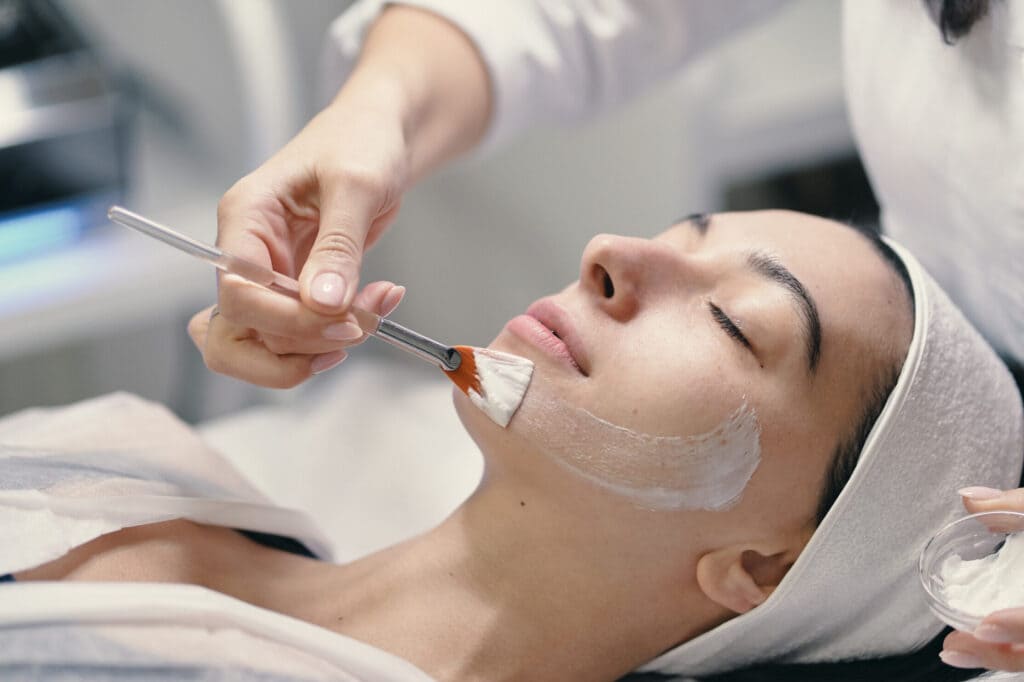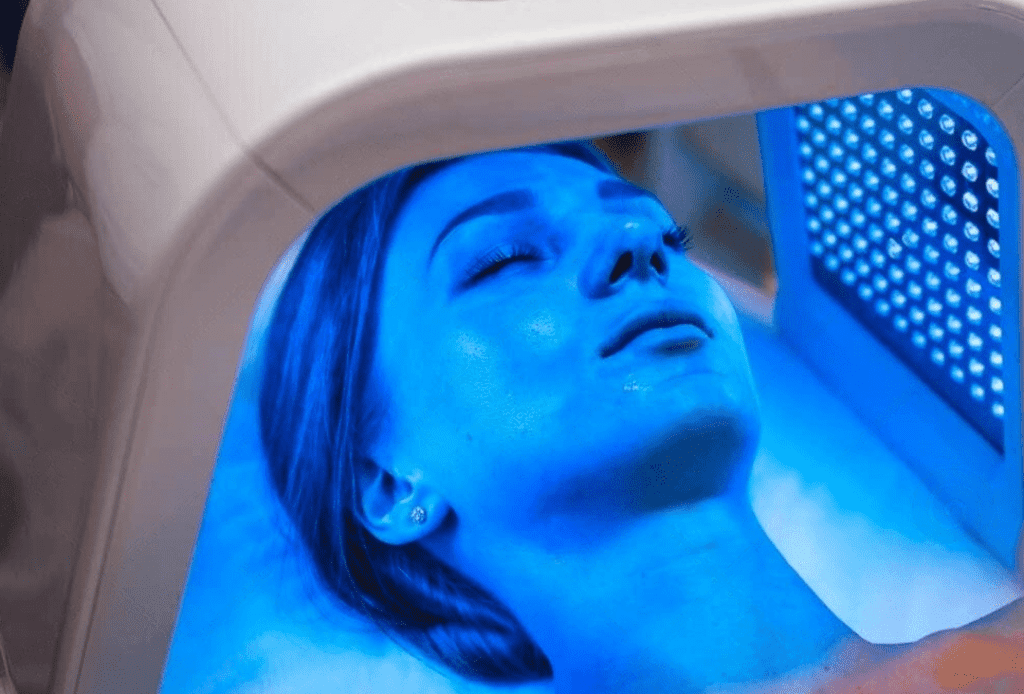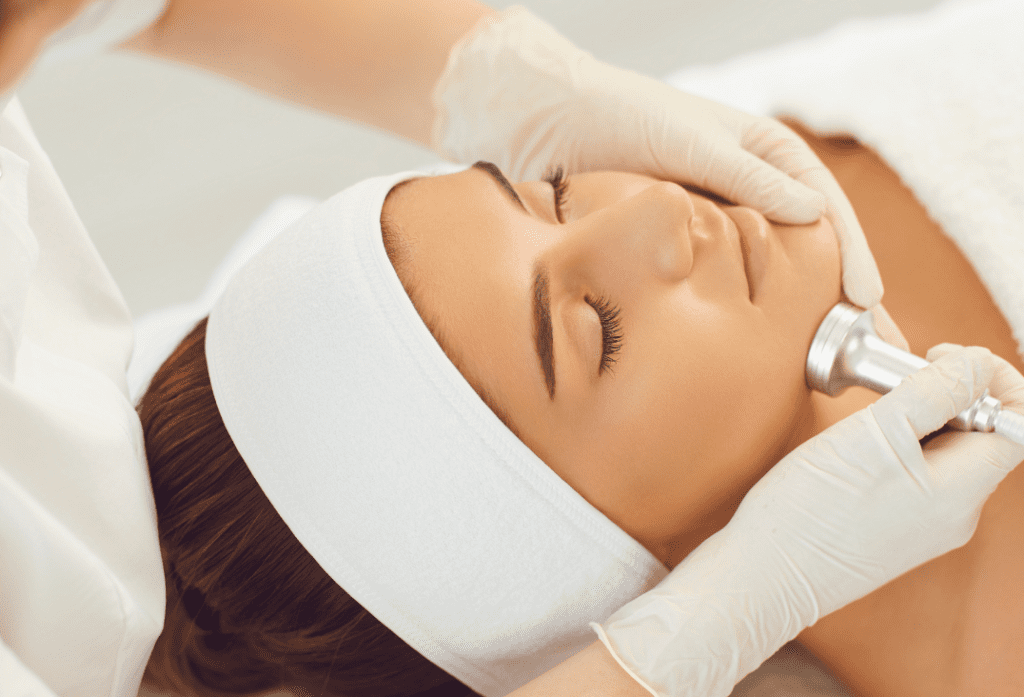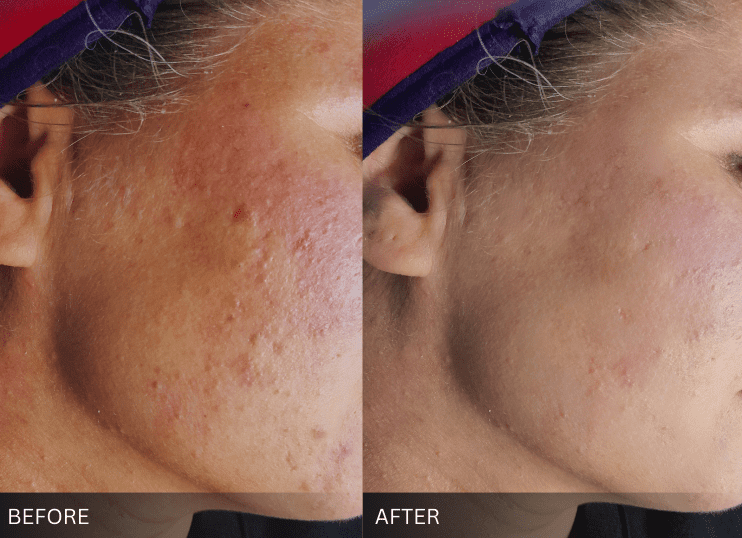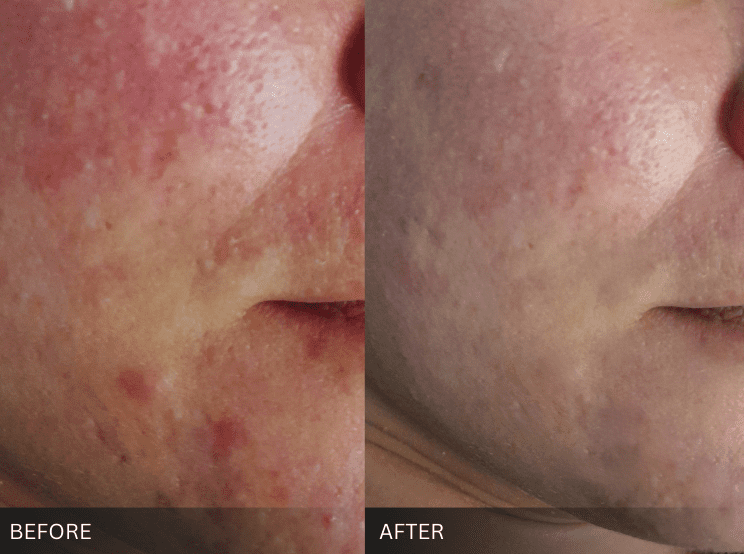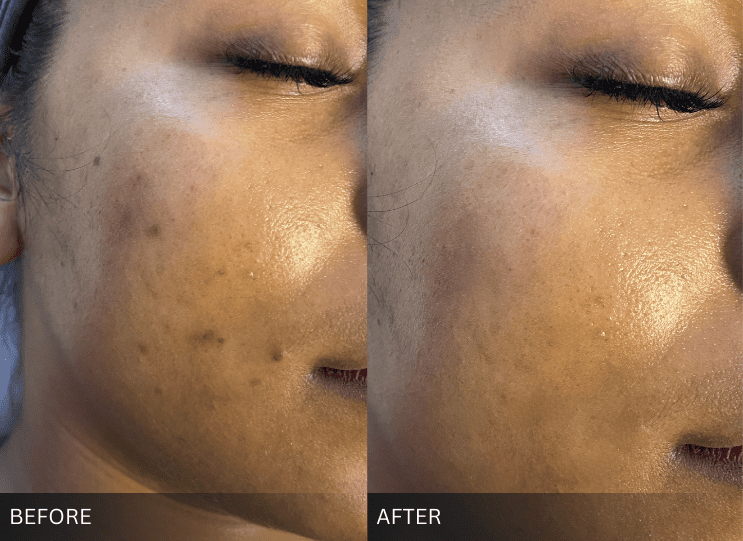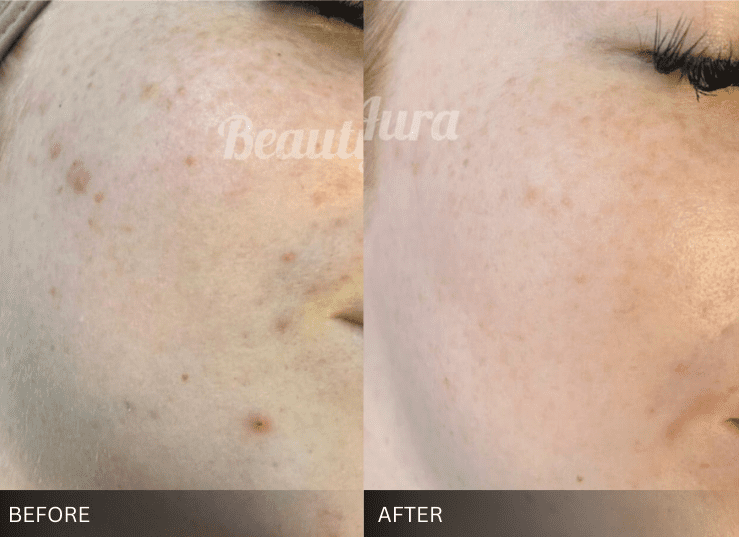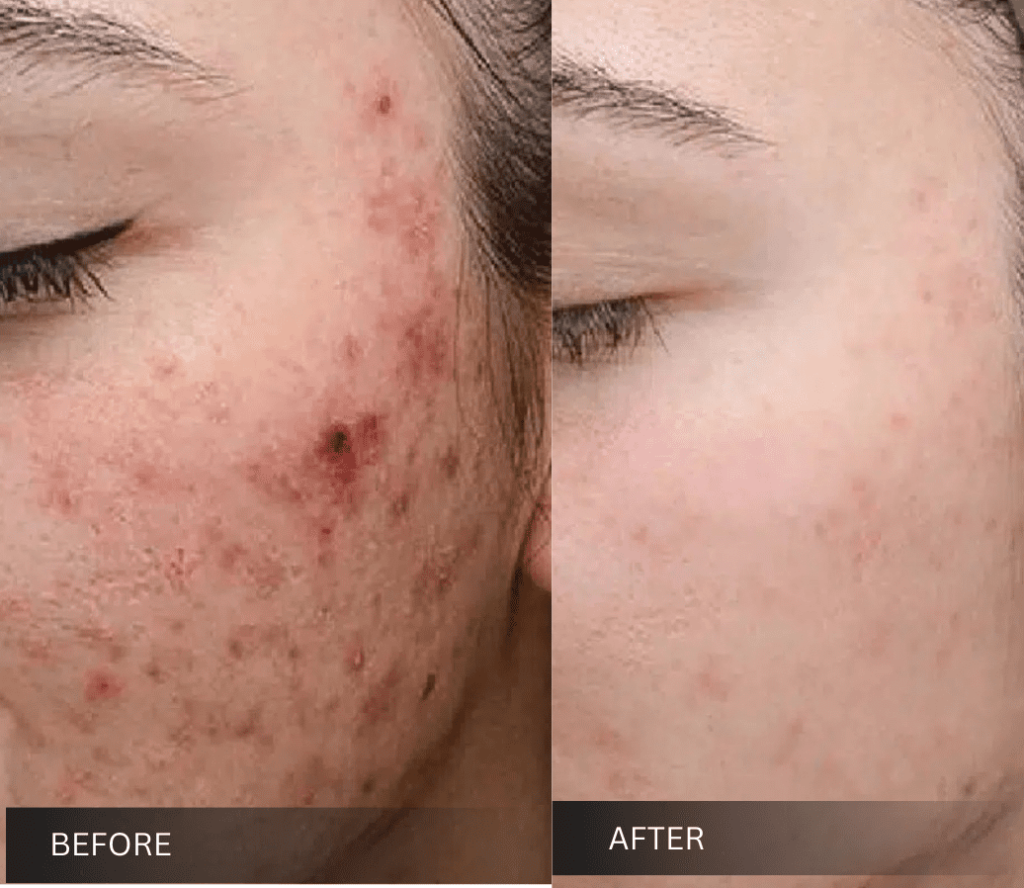Laser Hair Removal up to 50% Off
HIFU treatments up to 50% off
Lowest Price Promise
Free Consultation
Laser Hair Removal up to 50% Off
HIFU treatments up to 50% off
Lowest Price Promise
Free Consultation
Laser Hair Removal up to 50% Off
HIFU treatments up to 50% off
Lowest Price Promise
Free Consultation
Laser Hair Removal up to 50% Off
HIFU treatments up to 50% off
Lowest Price Promise
Free Consultation

